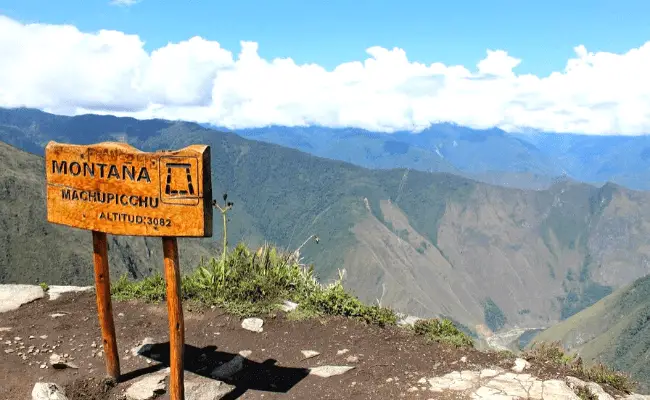Machu Picchu, an Inca citadel located in the Andes Mountains of Peru, is one of the world’s most well-known sacred places. It is believed that this was the traditional birthplace of the Inca people. Today, Machu Picchu has become a spiritual destination for people from all religions.
The Inca believed that spirits of their creator resided in the natural elements – the sun, the moon, the earth, mountains, rivers, trees, and the wind. They erected temples and other ritual spaces to honor these spirits, including many at Machu Picchu.
One of the most interesting features at Machu Picchu is the ‘Intihuatana’ which was also known as the ‘hitching post of the sun. It is a carved rock pillar whose four corners face the four cardinal points. The Inca have accomplished astronomers and used the angles of the pillar to predict the equinoxes. The sun was considered the supreme natural goods.
The Incas’ harmonious relationship with nature is evident in the way the structures of Machu Picchu blend rather than compete with the natural beauty of the setting.
Watch: Machu Picchu, Peru -Drone Footage [4K]
When was Machu Picchu Built?

Machu Picchu is located on the saddle between two mountains overlooking the Urubamba River, which winds 900 meters below it. After centuries, lost in the jungle of Cuzco, Machu Picchu was rediscovered in 1911 by archaeologist Hiram Bingham.
Actually, Machu Picchu was not a city at all. It was probably built by the Inca as a royal estate and religious retreat in 1460-70 AD, and it was abandoned less than 100 years later, as the empire collapsed under Spanish conquest.
The Spanish arrival was preceded by smallpox, which killed roughly half the Inca population in about 1527. The Inca rulers also died from the spread of the disease. This led to war among surviving Incas and, the Incas would not have had the resources or manpower needed to maintain Machu Picchu. Due to many reasons, it is also known as the lost city of the Incas.
So although the citadel was never found and destroyed by the Spanish, as were many other Inca sites. Over the centuries, the surrounding jungle grew to cover the site, and few knew of its existence.
Machu Picchu Facts

Machu Picchu was probably the most amazing urban creation of the Inca Empire at its height. Its giant walls, terraces, and ramps seem as if they have been cut naturally in the continuous rock escarpments. The natural setting, on the Andes, encompasses the upper Amazon basin with its rich biodiversity.
All of the construction in Machu Picchu uses the classic Inca architectural style of polished dry-stone walls of regular shape. The Incas were masters of this technique, called ashlar, in which blocks of the stone are cut to fit together tightly without mortar. Many junctions in the central city are so perfect that not even a knife fits between the stones.
The Incas never used the wheel in any practical manner. How they moved and placed enormous blocks of stones is a mystery, although the general belief is that they used hundreds of men to push the stones up inclined planes. The space is composed of 140 constructions including temples, sanctuaries, parks, and homes with thatched roofs.
There are more than one hundred flights of stone steps and a great number of water fountains, interconnected by channels and water drainages perforated in the rock, designed for the original irrigation system.
Many have dreamed of living in a magnificent city… the Incas of Machu Picchu actually did!
Recommended Video: Machu Picchu 101 | National Geographic
Recommended Reads:
